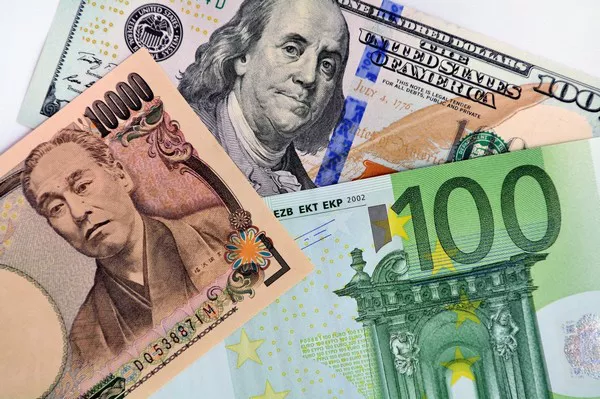Japan’s recent reinterpretation of what constitutes “excessive” yen volatility is primarily aimed at maintaining investor vigilance rather than lowering the threshold for actual intervention, according to experts. Analysts anticipate that yen bearish sentiment will persist until domestic monetary conditions tighten.
Traditionally, Japanese authorities defined excessive currency moves as rapid spikes or plunges in the yen over a short timeframe, often within a day or a week, typically driven by speculative trading activities.
However, Masato Kanda, a top Japanese currency diplomat, stated on Wednesday that a prolonged decline in the yen could also justify market intervention, suggesting that Tokyo is granting itself greater flexibility to stabilize its currency.
Kanda clarified this stance, saying, “If currencies move too much on a single day or, say, a week, that’s judged as excess volatility. Even if that’s not the case, if we see one-sided moves accumulate into very big moves in a certain period of time, that’s also excess volatility.”
Based on this definition, the yen’s decline of approximately 12% so far this year could potentially be considered “excessive,” some analysts suggest.
These remarks followed a period of turbulent trading during which the yen surged abruptly after surpassing the psychologically significant level of 150 per dollar. While there is no concrete evidence of yen-buying intervention by Tokyo, the market response was enough to deter yen bears. The dollar/yen exchange rate has remained below 150 since then, settling at 148.60 on Friday.
Tokyo’s last intervention to purchase yen occurred in September and October of the previous year when the currency eventually reached a 32-year low of 151.94 per dollar.
Currency analysts and experts familiar with Japanese currency policy doubt that there has been a significant shift in Tokyo’s intervention threshold, which is ambiguous and not rigidly defined. They believe Kanda’s remarks were likely a fresh warning to the markets that authorities could intervene at any time, even if currency movements were moderate.
Atsushi Takeuchi, a former central bank official involved in Tokyo’s market activities a decade ago, emphasized, “The whole purpose of intervention is to keep markets on edge, so it’s important that authorities signal they can step in at any time.
“The jawboning may put up a barrier for the yen around 150 for now, but I don’t think it would prevent traders from attacking the threshold for too long,” said Daisaku Ueno, chief currency strategist at Mitsubishi UFJ Morgan Stanley Securities. “After all, what determines dollar/yen levels is the interest rate differential between the United States and Japan.”
Although the yield on the 10-year Japanese government bond (JGB) reached a more than one-year high of 0.805% recently, the gap between U.S. and Japanese 10-year yields has widened to 4 percentage points from around 1 percentage point at the beginning of the year.
Hiroshi Watanabe, a former currency diplomat, emphasized that intervention is not the most effective tool for curbing gradual yen declines. “There’s no point intervening when yen moves are gradual,” Watanabe stated. “Intervention is effective only when you know private funds will follow you in the same direction, and I don’t think that’s the case now.”


